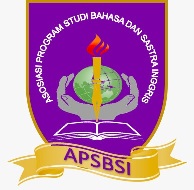Communication students’ anxiety in speaking skill practice
Abstract
Students majoring in communication believe that their nervousness when speaking will affect their lives. It will either limit their employment opportunities or cause them to perform poorly at work. In the digital era, English speaking is very important to communicate with other members of an organization. There are limited discussions about speaking anxiety in ESP class and students majoring in communication studies are expected to convey their messages persuasively in an organization. So, descriptive qualitative research was utilized by the researcher to describe speaking anxiety in ESP class; Types of Speaking Anxiety, Factors of Speaking Anxiety, Reducing Speaking Anxiety. Semi-structured interviews and observations were the sources in this study with 19 students involved. Three natural phenomena in speaking anxiety or research problems in speaking anxiety were analyzed using data reduction, data display, and conclusion. The results showed that Communication Apprehension, Fear of Negative Acceptance, and Test Anxiety existed among the students in speaking class. They can overcome it using YouTube videos as references and community supports (teacher and close-friends). This study also found that students majoring in communication studies experience trait anxiety (one person), state anxiety (ten students), and situation-specific anxiety (eight students). Based on this result, further researchers related to speaking anxiety are to revise the approach using the mixed method in ESP class. These suggestions are to enrich speaking anxiety for English Specific Purposes, such as midwife students and economic students.



_.jpg)
_.jpg)




